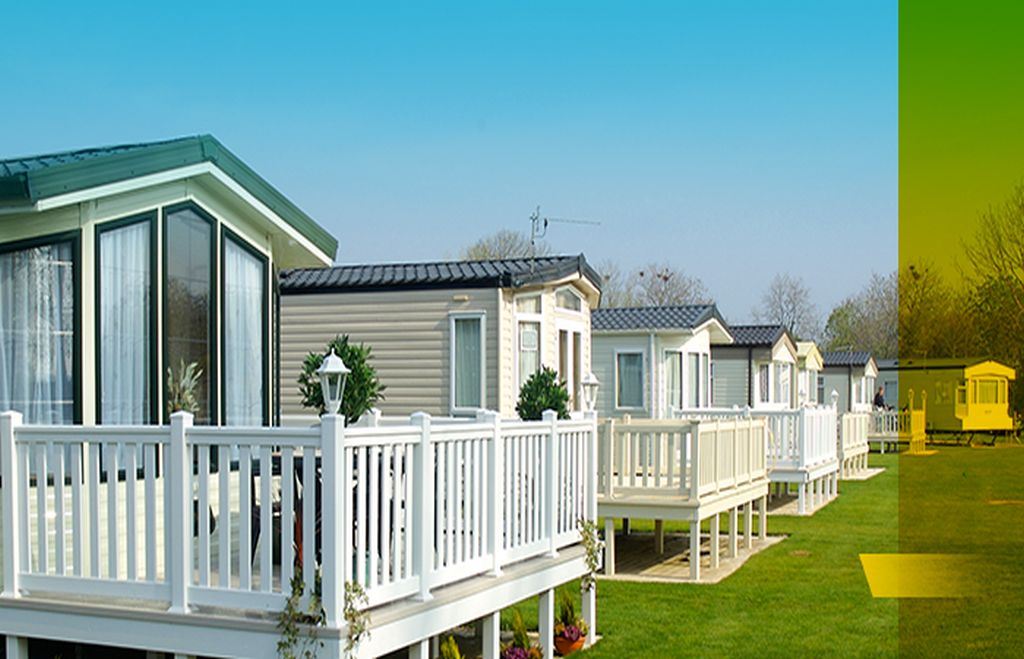Figures released by the National Caravan Council (NCC), show that holiday home manufacturers produced 8,997 units as of the end of May 2019, which is a decrease of 15.5% compared to last year. There are reports that large amounts of 2018 stock remain unsold which has resulted in less dealer and Holiday Park orders, cutting manufacturer production. Dispatches onto holiday parks in the same period has also fallen, with 9,732 dispatched, a drop of 6.7%.
It is safe to say however, that the new and used markets are currently experiencing comfortable levels of stability. This is despite criticisms from within the industry that manufacturers have restricted market growth by increasing cost new prices each year. There does appear to be large amounts of unsold stock still available, with some attractive discounts on offer to help move them on.
Over the past two years, there has been a noticeable surge in interest for the ‘staycation’ holiday leading to strong demand. Barclays recently conducted a survey, which revealed interesting analysis of the growing popularity for ‘staycation’. Three in ten domestic holidaymakers plan to spend more holiday time in this country in 2019, than they have done in previous years. An ongoing concern for the industry is how to attract a younger generation to the market. Encouragingly, 52% of 25-32 years olds surveyed plan to increase their UK based holiday-time.
There may well be legitimate hindrances to the new market, but the majority of people that Glass’s spoke to, report sales to be steady. Enquiry levels appear to be in line with 2018, which is positive. An unexpectedly busy winter, certainly helped boost a stuttering market and this continued up until Easter for the majority. This is of course, all going on whilst Brexit continues to roll on. Many argue that Brexit uncertainty has driven more consumers to consider purchasing a holiday home instead of holidaying abroad. While some argue that Brexit is causing economic uncertainty and keeping potential consumers from spending until a clearer vision for Brexit emerges.
Another positive is the current variety of new units on offer from manufacturers. Park owner feedback suggests they are pleased that manufacturers have increased their model ranges. They now feel that they are able to offer more layouts, and price points. The increase in layouts and price points appears to be tempting previous owners of holiday home back to the market after the hiatus of around a decade.
Much like the new market, the used market is in a stable position. Feedback we have received suggests that used unit sales are much the same as they were in 2018. The allure of ‘staycation’ holidays combined with the much more affordable prices for used units compared to new are integral to the market’s buoyancy. Along with the economic uncertainty, the used market has its own obstacles including the following:
- Continuing lack of availability for decent stock, especially recent models with spec
- Current owners of a unit choosing not to upgrade as regularly
- Too many non-spec, older units available with very little retail capability
In spite of this, the market is in a positive position. Feedback suggests that values are holding and depreciation moving slowly. Overall, there is a feeling of optimism amongst the majority of contacts that the Glass’s editorial team has spoken with over the last three months.
Glass’s will be holding values for the July edition.

 Close
Close